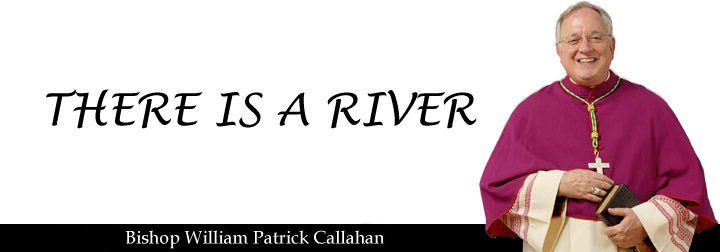In Rome, there is a beautiful section called the Piazza di Spagna. It is the sight of the Spanish Embassy, the Spanish Steps, the Fountain of the Old Boat, and the magnificent monument dedicated to the Immaculate Conception of the Blessed Virgin Mary. Every year, on the 8th of December, the monument is festooned with flowers and the piazza is jammed with people trying to catch a glimpse of the pope as he makes his annual pilgrimage to the monument to place his flowers and to pray to the Mother of God with the citizens of Rome and the world.
Last year the Holy Father reminded the gathered people that the most beautiful gift we can offer the Mother of God is our prayer, “the prayers we carry in our hearts and entrust to her intercession. They are invocations of thanksgiving and petition: thanksgiving for the gift of faith and for all the good we receive from God; and petition for the various needs, for the family, for health and for work, for every difficulty that life makes us encounter.”
Mary was immaculately conceived. That means that from the time of her conception in the womb of her mother St. Anne, Mary was preserved from sin; even original sin did not touch her soul. This fact was commonly held in one way or another, from the earliest days of both the Western and Eastern Churches. It was, however, hotly debated and contested in the Middle Ages.
The champions on each side were the Franciscans who held it was true, and the Dominicans who held it was not. The leader of the Dominicans was none other than St. Thomas Aquinas, himself, who held that the idea could not be maintained because Jesus Christ came to free all creatures from sin. Mary was a creature; therefore she had to have sin and was in need of the Redeemer.
The leader on the Franciscan side, was the quiet and unassuming, John duns Scotus, an intellectual of profound piety and devotion. He taught that Mary was indeed a creature, but that she was held by the particular and unique favor of the Father to be the Mother of the Redeemer. She, therefore, was the first to experience the fruits of the Redemption, by God’s favor and the work of the Son of God who suffered and died for the salvation of all people.
His Holiness, Pope Pius IX, thus defined the dogma of the Immaculate Conception as a matter of faith for Catholics on Dec. 8, 1854 with these words:
“We declare, pronounce, and define that the doctrine which holds that the most Blessed Virgin Mary, in the first instance of her conception, by a singular grace and privilege granted by Almighty God, in view of the merits of Jesus Christ, the Savior of the human race, was preserved free from all stain of original sin, is a doctrine revealed by God and therefore to be believed firmly and constantly by all the faithful,” (“Ineffabilis Deus” #27).
Pope Benedict XVI in his remarks last year at the Roman monument further reminded the people in attendance and those throughout the world to “listen to what Mary says as she speaks to us of the Word of God who was made flesh in her womb.” “Mary,” the pope teaches, “reminds us that we are called to open ourselves to the action of the Holy Spirit in order, in our ultimate destiny, to attain an immaculate state, fully and definitively free from evil.”
“Mary’s gaze is God’s gaze upon each one of us,” says the Vicar of Christ. “She looks at us with the Father’s love itself and blesses us. She acts as our ‘advocate’ and we invoke her thus in the Salve, Regina: Advocata nostra. Even if everyone were to speak badly of us, she, the Mother, would speak well of us because her Immaculate Heart is in tune with God’s mercy. So it is that she sees the City [Rome and the world]: not as an anonymous agglomeration but as a constellation in which God knows each one personally by name, one by one, and calls us to shine with his light. And those who in the world’s eyes are the first, to God are the lowliest; those who are little to God are great.”
Today is the Solemnity of the Immaculate Conception. It is under this title that we Americans invoke Our Lady as Patroness of our beloved country. The national shrine in Washington, D.C., is a monument to decades of love for the Mother of God and her special protection for the United States. She speaks to us in Pope Benedict’s words: “be holy like our Father, be immaculate like our Brother Jesus Christ, be loved children, all adopted in order to form a great family with no boundaries of color or language, because God, Father of every human being, is one.”
O, Mary, conceived without sin, pray for us who have recourse to thee!
…and I’ll see you at Sunday Mass!
